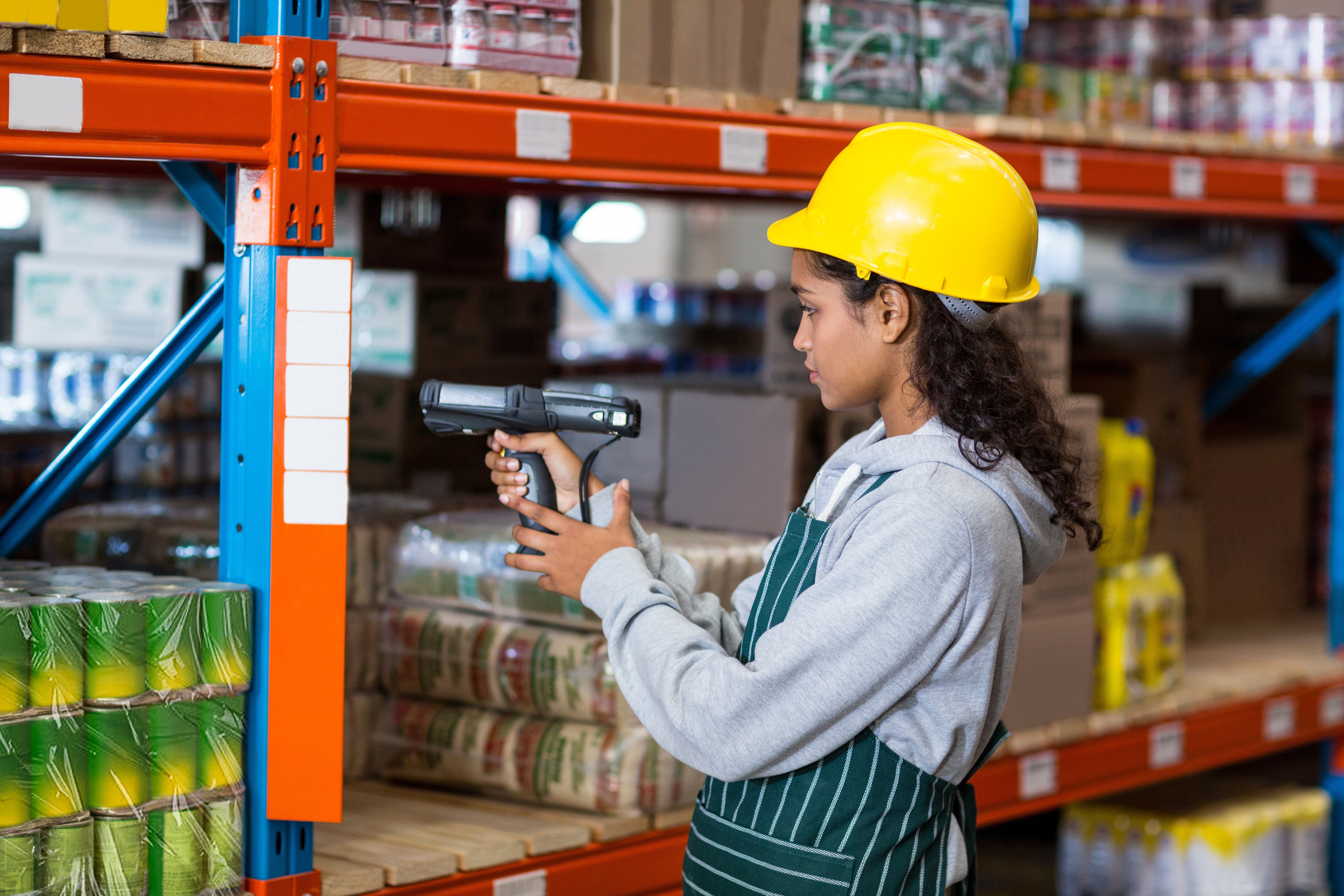Food and logistic traceability: how it practically happens

From raw material production plants to storage warehouses, up to the arrival on the shelves, food products are tracked, controlled, subjected to strict regulations aimed at protecting both the producer and the consumer. When it comes to food and logistics traceability, in fact, numerous factors come into play, from the fight against counterfeiting to public health. It is therefore essential to guarantee an effective and efficient control system.
To do this, it is essential to rely on a WMS, a warehouse management software, which automates processes and minimizes human error.
Traceability and traceability (trace back): what they are and why they are important for food safety
To better understand how the food traceability process practically takes place, a first, fundamental distinction must be made between the two paths that ensure complete and detailed knowledge of the history of each product: traceability and traceability (trace back).
Traceability means the ability to monitor each step that characterizes the life cycle of a food item, from raw materials to the final consumer. It constitutes a guarantee of the safety and originality of the products. The traceability certificate, required by law, in fact, makes an important contribution to the fight against counterfeiting, which increasingly sees Made in Italy products penalized.
Thanks to traceability, an identikit of the products is obtained, aimed at protecting producers, consumers and third parties, such as restaurateurs.
Traceability (trace back), on the other hand, constitutes the inverse process, which allows us to trace its origin from the finished product to the very first stages of production and processing of its components. The operators involved in the process, including those who manage the logistical and intra-logistic aspect of food, record, manually or, more often, using a WMS, actions, movements and everything that can be useful to the authorities in charge in case of control or the need to withdraw lots or articles from the market.
Traceability: the importance of the code

How can the storage and availability of such a huge amount of information be ensured? The answer lies in the identification code.
No item enters the warehouse without being provided with a code.
Through classic barcodes, QR Code or RFID, not only products, lots and orders are recognizable to all the players in the supply chain, but the operations are foolproof.
Both in the case of automatic warehouses and in the case of manual warehouses, each operation is controlled by the WMS, which records and validates each step relating to the permanence of the product in the warehouse.
Furthermore, within the manual warehouses, the insiders must confirm, by reading the code, every action indicated by the management software, so as to build, step by step, the path of each item, lot, package or pallet. Confirmation by reading the bar code or RFID allows you to reduce errors and build the database used by the authorities in traceability operations.
How does it practically work?
During the picking phase, the WMS communicates to the operator or with the automatic picking system on what to pick and for each order line. At that point, the production batch is associated with the sales order.
When the load unit for shipment is recorded, information about the production order to which the items belong are included.
Finally, the presence of the order on the means of transport is confirmed.
Items, lots and orders have their barcodes, through which it is possible to trace from one to the other easily and unambiguously.
It is in this way that the accuracy and availability of information throughout the supply chain is ensured. However, as already mentioned, this mechanism would be much more complex and difficult to manage without the use of a Warehouse Management System.
The WMS is also essential in carrying out the withdrawal of batches, a particularly delicate process when it comes to food or pharmaceutical logistics. In this case, the warehouse management software provides the ERP with the database, used to define for which orders the batch to be collected was used or to trace the raw materials of the individual items.
Food traceability: what the law says
Such complex, punctual and error-proof processes also arise as a result of the legislation that regulates food traceability at European level. This has been mandatory throughout the EU since 2005 and complies with European Regulation 178/2002, which provides for the obligation to have a traceability system for all food and feed companies in the area.
Each phase of the product's life must be traced, therefore the regulation involves all the actors involved in the supply chain, from production to distribution. In addition, it is essential that the documentation is adequately stored and usable when necessary.
Failure to comply with the law entails various types of sanctions, depending on the seriousness of the offense and range from administrative pecuniary to criminal ones.
Public health, transparency and compliance with the law are therefore the backbones of the system that regulates food traceability and ensures compliance by supply chain operators.








